If you’ve tried the creams, washed your gym shorts on hot, and that itchy red ring won’t quit, it’s fair to ask: will a prescription pill finally end jock itch? Short answer: yes, sometimes. But not always the pill you expect. Griseofulvin can help, yet in 2025 it’s not the go-to for most guys. I live in Brisbane, where humid summers turn groins into fungal theme parks, and the pattern is the same-get the basics right, then use oral meds only when the case truly needs them.
TL;DR
- First line for jock itch (tinea cruris) is a topical antifungal. Most men clear in 2-4 weeks.
- griseofulvin for jock itch works against dermatophytes, but it’s usually not the first oral choice; terbinafine or itraconazole often beat it for speed and cure rates.
- Consider oral therapy if the rash is severe, widespread, keeps coming back, involves both thighs and buttocks, or if topicals fail after 2-4 weeks.
- Griseofulvin adult dose (microsize): ~500 mg daily with a fatty meal for 2-4 weeks; side effects include headache, tummy upset, photosensitivity, and drug interactions.
- Don’t forget prevention: dry the area, treat athlete’s foot, change socks/underwear daily, and wash gear hot. In Brisbane-level humidity, this matters as much as the medicine.
What jock itch actually is-and where griseofulvin fits
Jock itch is usually a dermatophyte fungal infection (tinea cruris). The common culprits are Trichophyton rubrum and Epidermophyton floccosum. It loves warm, sweaty folds and tight clothing. Classic signs: a red, itchy rash with a sharp, sometimes scaly border on the groin and inner thighs. It often spares the scrotum (that detail helps tell it apart from yeast intertrigo). If the scrotum is angry bright red and shiny, yeast could be involved, not just tinea.
Here’s the part guys miss: jock itch frequently tags along with athlete’s foot (tinea pedis) and sometimes nail fungus. You can nuke the groin fungus with cream, then reinfect yourself from your feet and shoes. That is a big reason rashes “don’t respond” and why oral therapy looks tempting but isn’t always the fix.
Where does griseofulvin fit? It’s an oral antifungal that stops dermatophytes from dividing and binds to new keratin so the fungus can’t grow into it. It’s been around for decades and absolutely can clear tinea cruris. But modern guidelines in Australia and overseas usually prefer oral terbinafine or itraconazole for body and groin ringworm when pills are needed. They tend to cure faster with shorter courses. Griseofulvin still has a role when those aren’t suitable or available, or when a clinician decides it’s the best match for your situation.
Realistic expectations: if you truly have tinea cruris that resisted a good topical plan, griseofulvin can work in 2-4 weeks. If you have the wrong diagnosis-like yeast, inverse psoriasis, intertrigo, or erythrasma-no antifungal pill will impress you. That’s why getting the diagnosis right matters before you swallow anything.
Step-by-step: Do this before jumping to pills (and when to escalate)
If your itch is ruining your runs, your sleep, or your mood, this is the simple, practical sequence that works for most blokes:
- Confirm it’s likely jock itch. Red, itchy rash with a defined, scaling border on inner thighs/groin? Scrotum generally less involved? That fits tinea cruris. Bright red scrotum or satellite pustules suggest yeast-still treatable, but slightly different strategy.
- Topical antifungal first, properly. Use terbinafine 1% cream once daily for 1-2 weeks after the rash looks gone (usually 2-4 weeks total). Azoles (clotrimazole, miconazole) also work but may take longer. Apply a thin film 2 cm beyond the visible edge.
- Dry, then medicate. Shower, pat dry (don’t rub), even use a cool hairdryer briefly. Sweat is fungus fuel. Powder with an antifungal powder if you run hot.
- Treat your feet at the same time. If you’ve got peeling between toes or itchy soles, apply the same terbinafine cream or spray to feet daily for 2-4 weeks. Spray your shoes and rotate pairs.
- Wardrobe tweaks that actually matter. Wear breathable underwear (synthetic moisture-wicking or loose cotton). Change underwear and socks daily. Wash training gear hot (60°C) and dry fully.
- Reassess at two weeks. If the rash is smaller and the itch is easing, keep going until it’s gone plus 7-14 days. If no change, or worse, it’s time to escalate.
- Escalate to oral therapy if:
- It’s extensive (both thighs/buttocks) or severe
- It keeps coming back despite good topical use
- There’s coexisting nail fungus or stubborn athlete’s foot
- You’re immunocompromised, have diabetes with recurrent infection, or can’t apply topicals reliably
- See your GP for confirmation. In Australia, griseofulvin is prescription-only. Your GP may do a simple skin scraping (KOH microscopy/culture) if the diagnosis is unclear or you’ve failed treatment.
At this point, your doctor may offer an oral antifungal. Terbinafine or itraconazole are common first picks. Griseofulvin is a valid option, especially if those aren’t suitable for you.
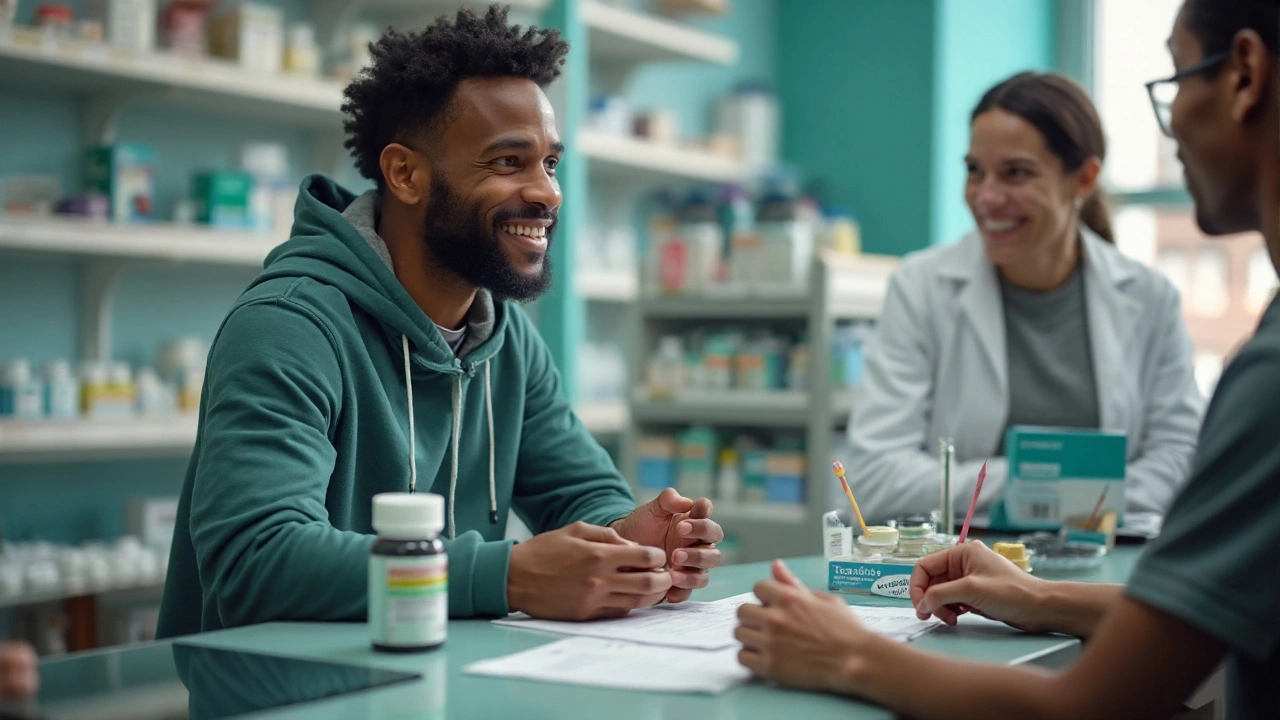
Dosing, safety, and what to expect with griseofulvin
How to take it
- Formulation matters. Two types exist: microsize and ultramicrosize. Australia commonly uses microsize products; your script will specify.
- Typical adult dose for tinea cruris:
- Microsize: about 500 mg once daily (or in two divided doses)
- Ultramicrosize: about 330-375 mg once daily
- Always take with a fatty meal (e.g., milk, yoghurt, peanut butter toast). Fat improves absorption and the odds of success.
- Duration: 2-4 weeks for jock itch. Your doctor will tailor the length to your response.
- Continue your hygiene and foot treatment during the course to avoid reinfection.
What improvement looks like
- Itch often eases within 5-7 days.
- The border fades and scaling reduces over 1-2 weeks.
- Finish the course even if it looks clear to limit relapse.
Common side effects
- Headache, nausea, diarrhoea, bloating
- Photosensitivity (you burn easier in the sun)
- Fatigue, dizziness
- Rash or hives (stop and seek care if severe)
Less common but important
- Liver irritation (uncommon on short courses; seek help if dark urine, pale stools, yellowing skin/eyes)
- Rare serious skin reactions
- Blood count changes (very rare on short courses)
Interactions and cautions
- Warfarin: griseofulvin can reduce warfarin’s effect; INR may drop. Your doctor may adjust doses and monitor more closely.
- Oral contraceptives: reduced reliability. Use backup contraception while on griseofulvin and for a month after.
- Alcohol: may trigger flushing and fast heart rate; skip the big nights while on it.
- Other meds: barbiturates and some anticonvulsants can lower griseofulvin levels; cyclosporine levels may drop.
- Avoid in porphyria and severe liver disease.
- Pregnancy and conception: avoid during pregnancy. Men are often advised to avoid fathering a child during therapy and for about 6 months after; women generally avoid pregnancy during therapy and for at least 1 month after. Talk to your doctor.
Monitoring
- Healthy adults on a short 2-4 week course usually don’t need blood tests.
- If you have liver disease, heavy alcohol use, or you’re on interacting meds, your doctor may check liver enzymes.
Personal note: I’ve had mates at footy training ask me why their “pill” didn’t work. More often than not, they were re-seeding the rash from their feet or sharing towels. My wife Geraldine jokes I talk more about laundry than sport in summer, but it makes a difference.
How griseofulvin compares to terbinafine, itraconazole, and fluconazole
When pills are necessary, doctors weigh speed, cure rates, safety, and your other meds. Here’s a simple comparison based on common adult regimens for tinea cruris and guidance from Australian Therapeutic Guidelines (Dermatology 2024), RACGP resources, AAD guidance, and reviews like Cochrane and BMJ Best Practice.
| Drug | Typical adult dose & duration (tinea cruris) | Pros | Cons | Notable interactions | Best for / Avoid if |
|---|---|---|---|---|---|
| Terbinafine | 250 mg once daily for 1-2 weeks | High cure rates; short course; convenient once-daily dosing | Rare liver toxicity; taste disturbance; rash | Inhibits CYP2D6 (watch TCAs, SSRIs, metoprolol) | Best for most stubborn tinea cruris; avoid if significant liver disease or key 2D6 interactions |
| Itraconazole | 100 mg daily for 2 weeks OR 200 mg daily for 1 week | Effective; flexible dosing; good for extensive cases | Many drug interactions; can affect heart rhythm; avoid in heart failure | Strong CYP3A4 inhibitor (statins, some antihistamines, benzodiazepines, etc.) | Best if terbinafine unsuitable; avoid in heart failure or if on multiple 3A4 meds |
| Fluconazole | 150 mg once weekly for 2-4 weeks (off-label) or 50 mg daily | Simple weekly dosing option | Variable efficacy vs terbinafine/itraconazole | CYP2C9/3A4 interactions; adjust in renal impairment | Consider if others not suitable; check interactions |
| Griseofulvin | Microsize ~500 mg daily (or divided), 2-4 weeks; take with fatty meal | Long safety record; effective against dermatophytes | Longer course; more interactions; photosensitivity; often lower cure rates vs terbinafine | Reduces warfarin and oral contraceptive effect; affected by enzyme inducers | Option when others are unsuitable/contraindicated; avoid if pregnant, severe liver disease, or on high-risk interacting meds |
The evidence trend: for body and groin ringworm, oral terbinafine usually wins on speed and mycologic cure. Itraconazole isn’t far behind and can be handy when drug interactions are managed. Griseofulvin still works but tends to be slower and less convenient. That’s why your GP may suggest terbinafine first if you truly need a pill.
Sources you can ask your doctor about: Therapeutic Guidelines: Dermatology (Australia, 2024 update), RACGP clinical tips on tinea, American Academy of Dermatology guidance on ringworm, and systematic reviews such as Cochrane analyses comparing systemic antifungals.
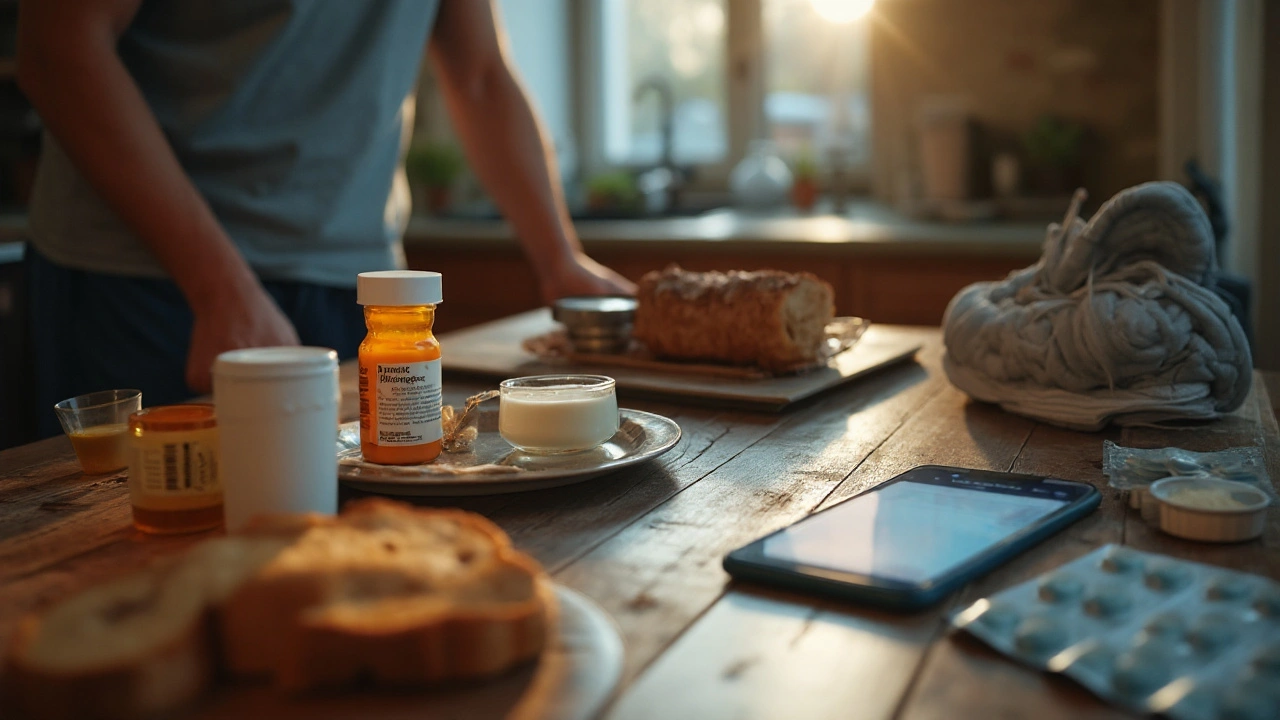
FAQs, next steps, and troubleshooting for guys in Australia
Quick FAQ
- How fast should I see improvement on griseofulvin? Often within 5-7 days for itch, with visible clearing over 1-2 weeks. Finish the course.
- Is it contagious? Yes, by skin contact, shared towels, and clothing. Don’t share towels; wash them hot.
- Can I train while treating? Yes. Shower after, dry well, change into clean underwear and shorts immediately.
- Can I use a steroid cream for the itch? Only if your doctor says so, and usually a mild one for a few days alongside an antifungal. Steroid-only creams can mask and worsen fungus.
- Is griseofulvin on PBS for jock itch? It’s prescription-only. Subsidy can vary by indication; your GP/pharmacist can advise for your script.
- What if my scrotum is involved? Yeast or mixed infections are more likely. Azole antifungals are often better for yeast. Get a proper check.
Troubleshooting by scenario
- After 2 weeks of good topical use, nothing has changed.
- Ask your GP for a KOH scraping to confirm fungus. Consider athlete’s foot as a source. If confirmed tinea, discuss an oral agent (usually terbinafine first).
- The rash spreads while on therapy.
- Re-check the diagnosis. Erythrasma (bacterial) and inverse psoriasis can mimic tinea. A quick Wood’s lamp or microscopy helps.
- It clears, then returns in a month.
- Treat your feet and shoes. Rotate shoes, use antifungal powder/spray, wash socks hot. Hot-wash your training shorts and briefs. Dry thoroughly, especially in humid climates like Brisbane.
- I’m on warfarin or multiple meds.
- Flag this with your GP. Terbinafine, itraconazole, and griseofulvin each have different interaction profiles. Your doctor will pick the safest option and monitor as needed.
- My partner is pregnant, and I’m thinking about conception.
- Discuss timing. With griseofulvin, men are generally advised to avoid fathering a child during therapy and for several months after. Your doctor can give a personalised plan.
Simple prevention checklist
- Shower after exercise; dry fully, including between toes.
- Underwear and socks: clean daily; breathable fabrics.
- Wash sports gear at 60°C if possible; dry completely before reuse.
- Separate towel for the groin; don’t share towels.
- Treat athlete’s foot at the same time as jock itch.
- Consider antifungal powder during hot, humid weeks.
- Avoid tight, non-breathable shorts for long periods.
When to see a doctor promptly
- Severe pain, swelling, pus, fever, or rapidly spreading redness
- You have diabetes, are immunocompromised, or on chemotherapy/biologics
- You’ve tried correct topical therapy for 2-4 weeks with no improvement
- Involvement of scrotum with significant inflammation (possible yeast or other diagnoses)
What a doctor’s visit in Australia usually looks like
- History and exam: confirm dermatophyte pattern and check feet/nails.
- Possible scraping for KOH/culture if recurrent, severe, or atypical.
- Treatment plan: reinforce hygiene; choose topical vs oral. If oral is needed, terbinafine or itraconazole are common; griseofulvin remains an option in select cases.
- Follow-up: usually 2-4 weeks to ensure clearing and prevent relapse.
Why you clicked this, and the straight answer
You wanted to know if griseofulvin will end jock itch. It can. But it’s not the usual first oral choice anymore because terbinafine usually clears tinea cruris faster with fewer hassles. If griseofulvin is what fits your meds, your liver, and your budget, take it with a fatty meal, finish the course, protect your skin from sun, and fix the sweat-and-feet loop that keeps bringing the fungus back. That’s the game plan that works in Brisbane-and pretty much anywhere sticky and warm.
Credible guidance you can reference with your GP: Therapeutic Guidelines: Dermatology (Australia, 2024), Royal Australian College of General Practitioners (RACGP) resources on tinea management, American Academy of Dermatology guidance on ringworm, Cochrane Reviews and BMJ Best Practice summaries on systemic antifungals for dermatophyte infections.

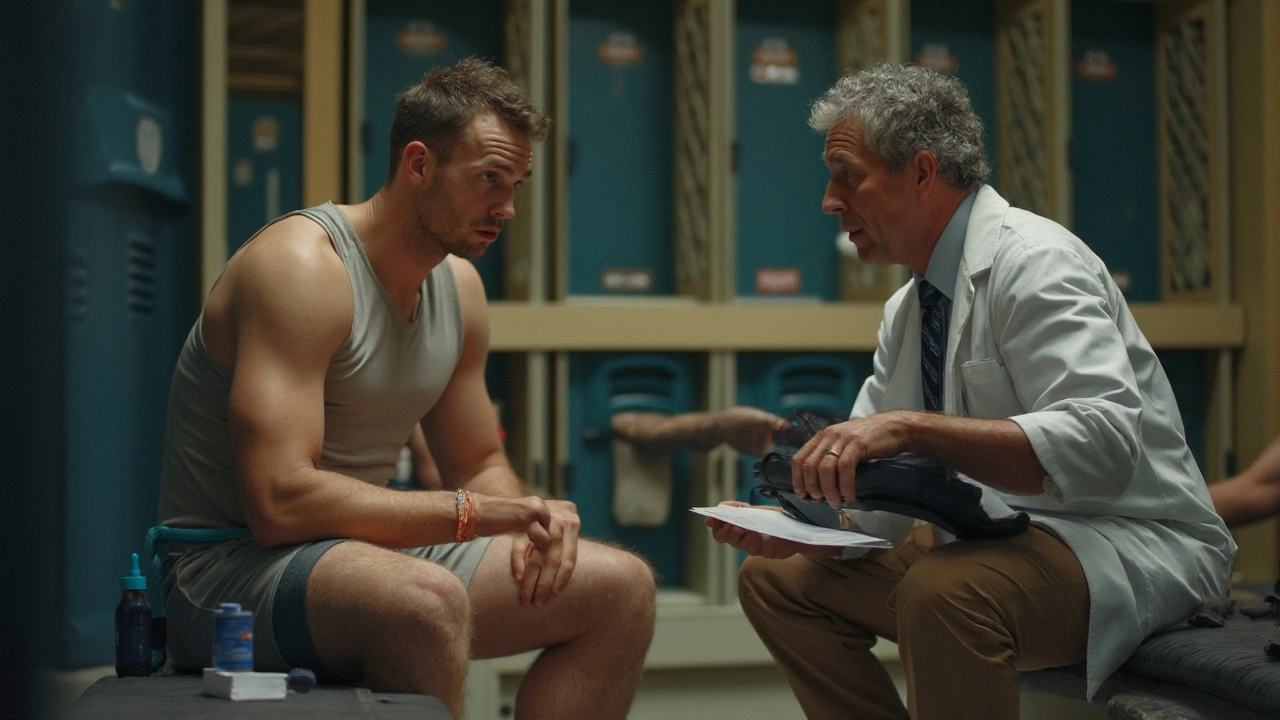

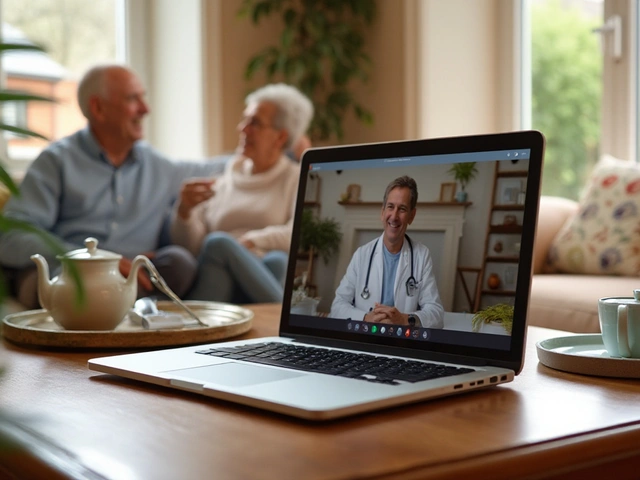
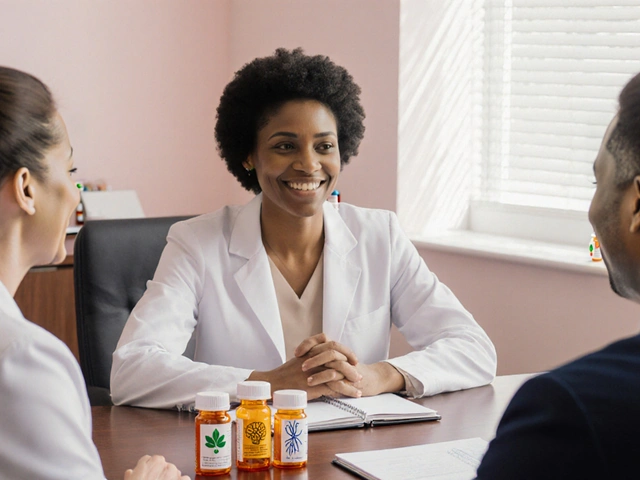
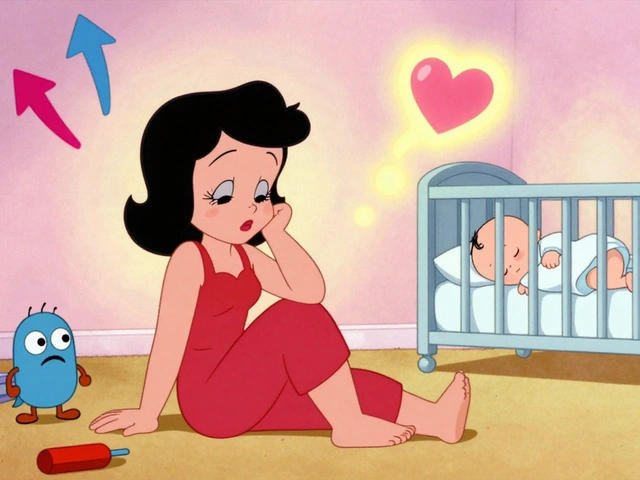
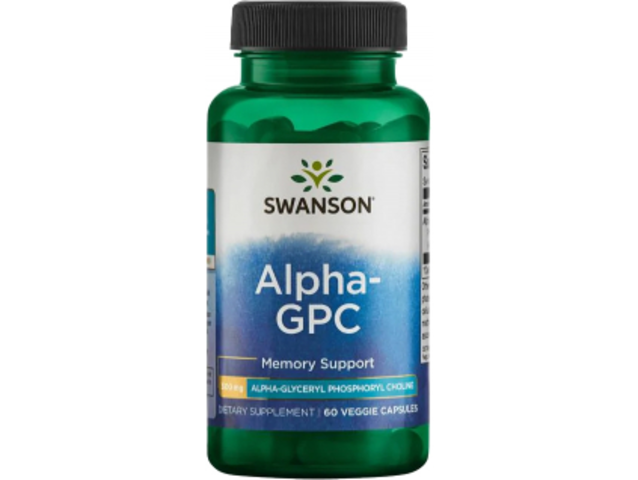
Eli Grinvald
September 7, 2025 AT 19:28OMG I had jock itch for 3 months last summer and I swear I tried EVERYTHING 🥲 I thought I was doomed but then I just started washing my gym shorts in hot water AND treating my feet at the same time?? Game changer. Griseofulvin? Nah. Just hygiene and terbinafine. My inner thighs are now chill AF 😌
Alexis Hernandez
September 9, 2025 AT 03:59Man I love how this post breaks it down like you're talking to a buddy after a sweaty workout. I used to think pills were the magic bullet until I realized I was reinfecting myself from my sneakers. Now I keep a separate towel just for my junk and rotate my shoes like they're sacred artifacts. Griseofulvin? Sure, it works-but why not just be a fungus ninja instead? 🦸♂️
brajagopal debbarma
September 10, 2025 AT 13:06So you're telling me after 80 years of griseofulvin being the go-to, now we're all just gonna chase terbinafine like it's the new iPhone? Lmao. I'm 52 and I've been on this shit since 1998. My grandpa used it. My dad used it. My ass still uses it. You people need to chill and stop chasing trends. This ain't a TikTok dance.
Carly Smith
September 11, 2025 AT 22:47Why are you even writing this like it's a medical textbook when you live in Brisbane and clearly just want to talk about your laundry routine? I’ve had jock itch since I was 14 and never needed a prescription. Just dry off. Stop wearing polyester. Done. You overcomplicate everything. Also your wife jokes about laundry? Cute. I’d divorce you.
Kurt Stallings
September 13, 2025 AT 21:38Terbinafine is the new orthodoxy. Griseofulvin is the relic. The data is clear. But you didn’t cite the Cochrane meta-analysis from 2023 that showed non-inferiority of topical azoles in low-risk cases. Your anecdotal bias is showing. Also, fatty meals? Please. You’re not prescribing a wine pairing.
Angie Creed
September 14, 2025 AT 06:30It’s not about the drug. It’s about the ritual. We live in a world that tells us to swallow a pill for everything-when the real cure is vulnerability. To admit you sweat too much. To wash your underwear with care. To face the fungus not as an enemy, but as a mirror. Griseofulvin is just a bandage on the soul’s neglect. You can’t cure tinea cruris with chemistry. You cure it with shame. And then with cotton.
Michael Ferguson
September 15, 2025 AT 07:03I’ve been in this game since 2008. I’ve seen guys take griseofulvin for 6 weeks, then come back with a worse rash because they didn’t spray their shoes. I’ve seen guys use steroid creams and turn their groin into a red, oozing wasteland. I’ve seen people think it’s yeast when it’s psoriasis. I’ve seen people ignore athlete’s foot and wonder why it keeps coming back. And I’ve seen doctors who don’t even know what a KOH prep is. So yeah, I’m gonna keep preaching this gospel. Because if you don’t treat the feet, you’re not treating the groin-you’re just decorating the problem.
Patrick Klepek
September 16, 2025 AT 05:48Okay but honestly-griseofulvin’s got that old-school charm, right? Like vinyl records or manual transmissions. It’s slow, it’s a bit messy, but it gets the job done if you’re patient. I get why terbinafine’s the favorite now-it’s the Tesla of antifungals. But sometimes you just wanna drive the classic car. Also, I once took it with a peanut butter sandwich and it worked. So yeah. Fatty meals. No joke.
Sebastian Brice
September 17, 2025 AT 02:04Just wanted to say this is one of the most helpful posts I’ve read in months. I had a recurrence last month and I thought I was doomed. I followed your checklist-washed everything hot, treated my feet, dried with a hairdryer (yes, really), and used terbinafine for 3 weeks after the rash looked gone. No pills. No drama. Just discipline. I’m still alive. And my inner thighs are thanking me.
Jim Aondongu
September 19, 2025 AT 01:45Griseofulvin is still the best because it was used in Nigeria before you were born. We don't need fancy drugs from America. We used neem paste and sunlight. Your science is weak. Also why you talk so much about laundry? This is not a washing machine review. Just take the pill and shut up
Michael Schaller
September 19, 2025 AT 23:23My brother took griseofulvin for a year for nail fungus. It worked. But he also stopped wearing socks for three months and started walking barefoot in the house. That’s what really cured him. The pill? Maybe. The bare feet? Definitely. Sometimes the cure isn’t the drug-it’s the lifestyle change you didn’t want to make.